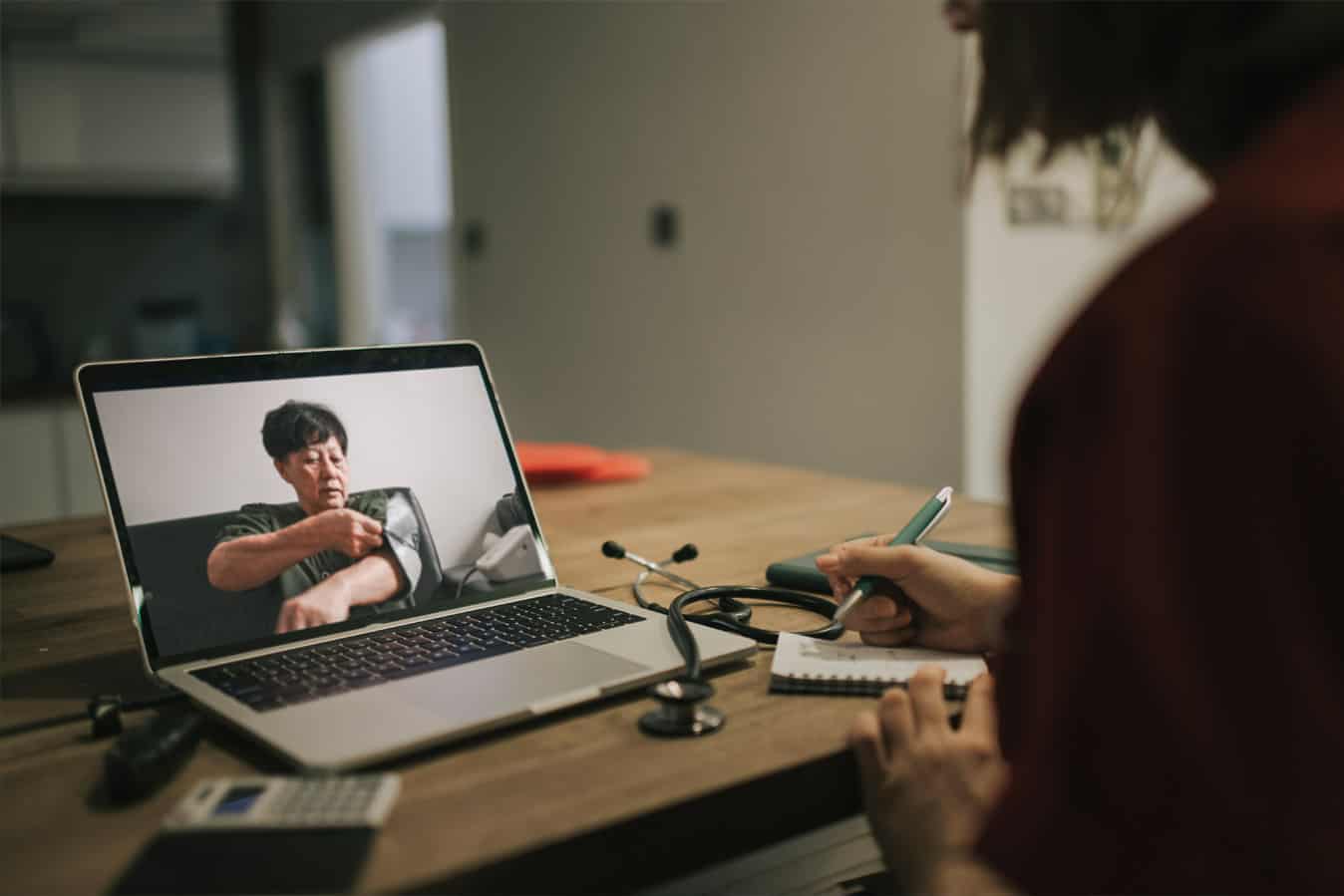The federal government has moved to make telehealth a permanent feature of Australian healthcare as part of a $300 million package for health services across the country.
Announced in a joint statement by outgoing Health Minister Greg Hunt, Regional Health Minister Dr David Gillespie, and Assistant Minister to the Prime Minister for Mental Health and Suicide Prevention, David Coleman, $106 million was set to be allocated to telehealth, that has skyrocketed as a result of the COVID-19 pandemic.
Within that allocation for telehealth, around $30 million will be spent on the Workforce Incentive Program (WIP), with funds distributed according to the use of Telehealth items as part of the Standard Whole Patient Equivalent (SWPE).
Other funding announced in the overall package included more than $50 million to improve mental health access, more than $40 million of funding towards regional and remote health services, $77 million of Medicare funding, including “new and amended MBS listings”, and $25.6 million of funding for the primary care sector.
The ministers, while announcing the overall funding package, said that telehealth has become a crucial part of Australian healthcare.
“Telehealth has been transformational to Australia’s universal health care and has played a critical role in ensuring the continuity of care for hundreds of thousands of Australian patients during the COVID-19 pandemic, protecting the health of patients and health professionals,” they said in a statement heralding the funding.
“It offers greater flexibility to health care as part of universal Medicare.”
The move to make expanded telehealth a permanent feature of Australian healthcare was met with careful observation from Leanne Wells, CEO of the advocacy group the Consumers Health Forum of Australia.
“Telehealth is important to consumers, who want to have choices around when and how they use it. There will be patients in high need categories, who would benefit from a combination of in-person care, supplemented by virtual options,” Ms Wells said.
“The option of having a consultation with a health care professional by phone, facetime or zoom modernised Medicare and is a long overdue improvement to the way healthcare is delivered to patients”.
However, while acknowledging the convenience factor and the value it has offered throughout the COVID-19 pandemic, Ms Wells said that more needed to be done to improve the accessibility of such services, particularly with regards to utilities such as the internet.
“Many consumers need better internet access, including home/phone data and community facilities, to benefit from telehealth and such issues must be addressed to ensure equity of access to telehealth,” she said.
“We must work to ensure that the availability of digitally enabled means of delivering health services does not inadvertently create more heath inequities.”
According to the federal government, more than 16 million people have accessed 86 million telehealth appointments under the Medicare Benefits Scheme (MBS), with nearly 90,000 health care providers utilising telehealth listings.








